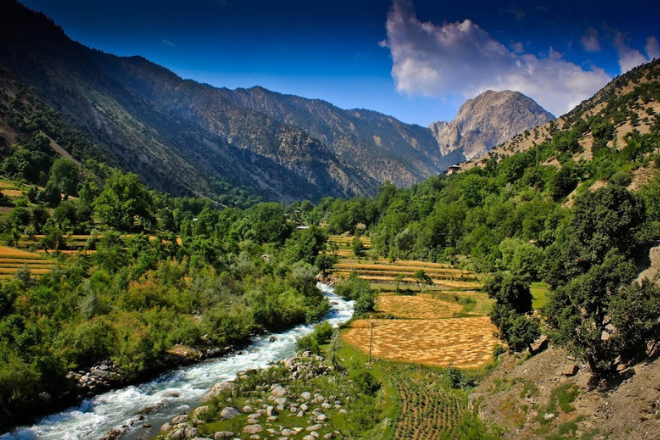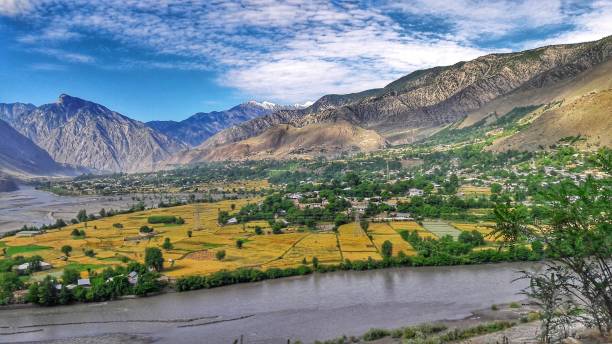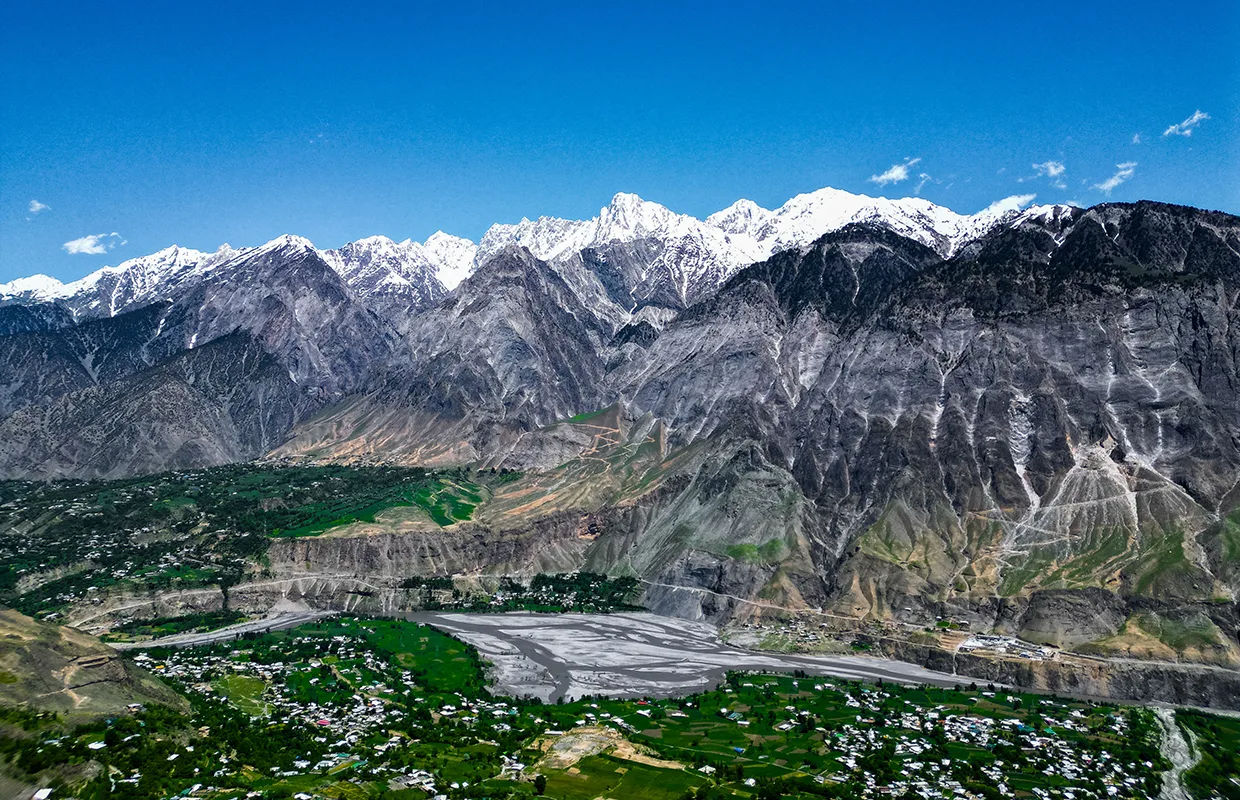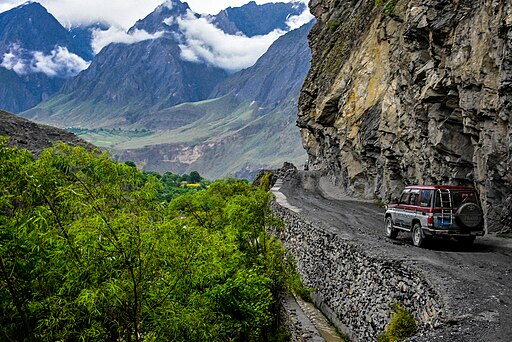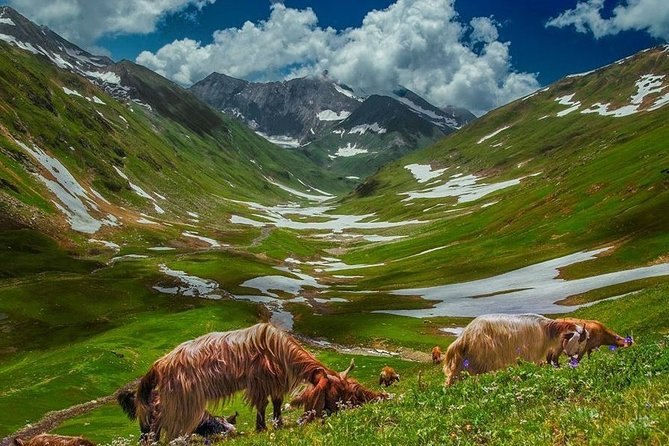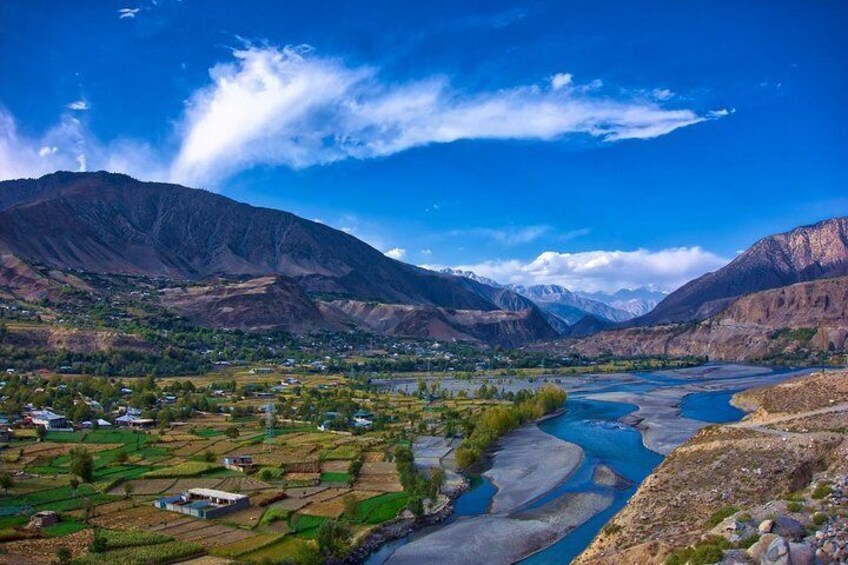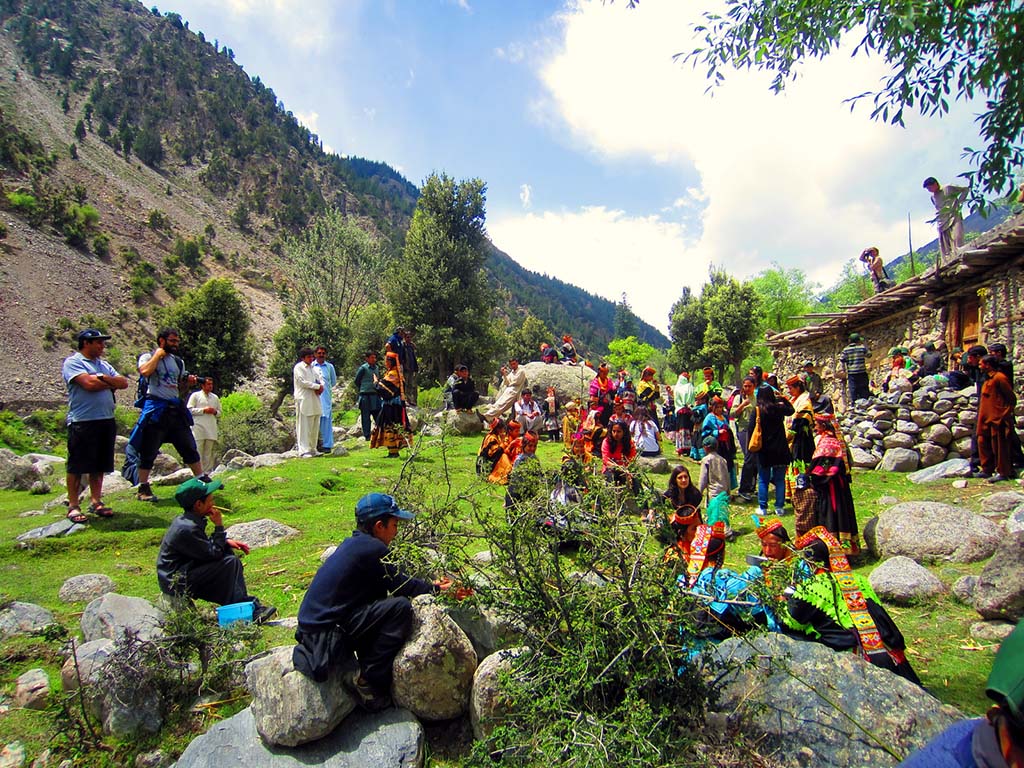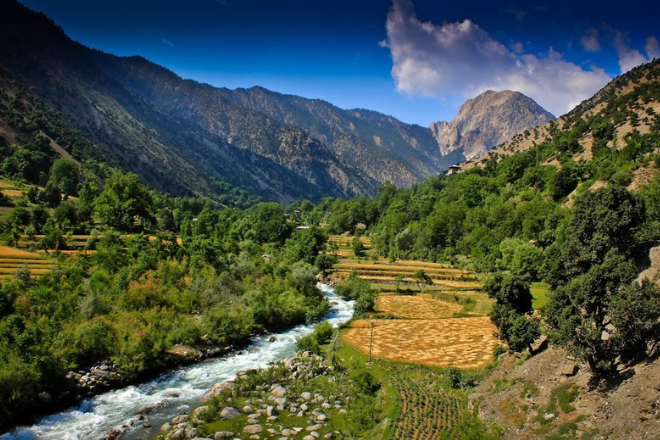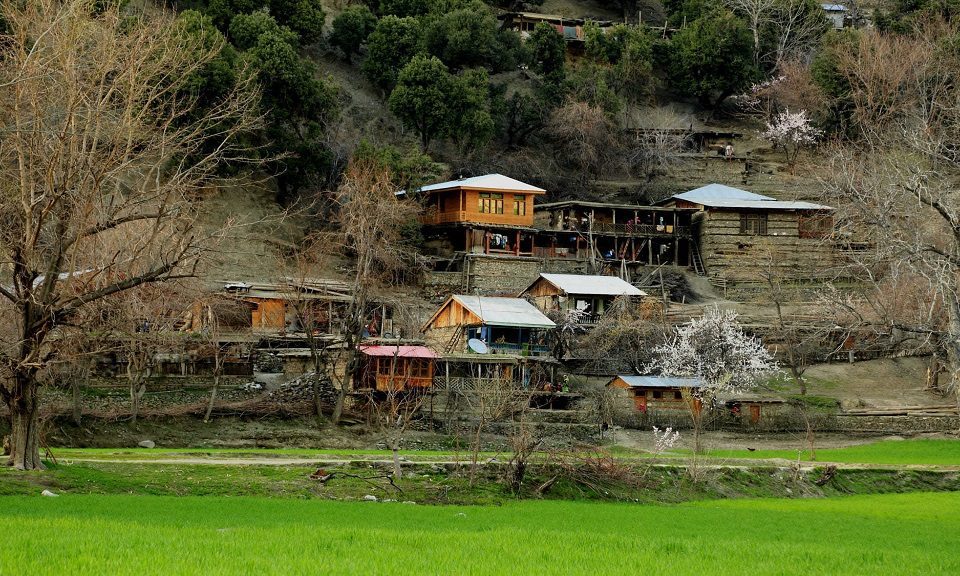
About the Kalash Valley
The Ultimate Cultural Destination in KPK – Kalash Valley
Introduction
Nestled in the majestic Hindu Kush mountain range in the Chitral District of Khyber Pakhtunkhwa (KPK), Kalash Valley is one of the most unique and culturally rich destinations in Pakistan. Famous for its vibrant traditions, distinct religion, and scenic landscapes, Kalash Valley is a world apart. The indigenous Kalash people have preserved their customs, language, and festivals for centuries, offering visitors an unforgettable experience filled with color, history, and hospitality. Whether you're an anthropologist, nature lover, or traveler seeking cultural immersion, Kalash Valley is an essential stop in northern Pakistan. This article explores the valley’s history, culture, attractions, festivals, travel essentials, and visitor information, including timings, tickets, and parking.
History and Cultural Significance
Kalash Valley is home to the Kalasha people, an ancient ethnic group believed to be descendants of Alexander the Great’s army. Over time, the Kalasha have maintained a distinct identity, with unique customs, polytheistic religion, and a strong sense of community. The valley comprises three main villages: Bumburet, Rumbur, and Birir, each offering a glimpse into the fascinating Kalash way of life.
The Kalasha follow their own calendar and celebrate seasonal festivals that are deeply rooted in agrarian traditions and spirituality. Despite pressures of modernization and encroaching development, the Kalash community has fiercely protected its heritage, making the valley not only a scenic retreat but also a living museum of Pakistan's rich ethnic diversity.
Scenic and Architectural Beauty
Kalash Valley is renowned for its raw natural beauty. Snow-capped peaks, lush green meadows, walnut and apricot orchards, and crystal-clear streams adorn the region. The traditional Kalash homes, made of wood and stone, are built into the hillsides and display an earthy yet charming architectural aesthetic. These structures are not only picturesque but are also constructed to withstand harsh winters and seismic activity.
Wood-carved balconies, intricately painted doors, and vibrant textiles hanging from windows reflect the artistic inclinations of the Kalash people. Walking through the cobblestone paths of a Kalash village feels like stepping back in time.
Attractions and Activities
Kalash Valley offers a unique blend of cultural exploration and natural adventures. Below are some of the most engaging experiences for tourists:
Kalash Museum (Bumburet)
Located in the largest village, Bumburet, the Kalash Museum preserves centuries-old traditions through a display of traditional clothing, tools, musical instruments, and photographs. It’s an excellent starting point for understanding the Kalash lifestyle.
Cultural Dance and Music
Visitors often witness spontaneous performances of Kalash dances and chants, especially during festivals. Women dressed in traditional black robes with colorful embroidery, beads, and headgear dance in circles to the rhythm of local drums—a captivating spectacle of joy and unity.
Handicraft and Souvenir Shopping
Hand-woven fabrics, beaded necklaces, wooden carvings, and other handmade items are available for purchase. Buying directly from locals supports the community and helps preserve their craft traditions.
Festivals of Kalash Valley
The most celebrated aspect of Kalash culture is its vibrant festivals, drawing both domestic and international tourists:
- Chilimjusht (Spring Festival – May): Celebrates the arrival of spring with music, feasts, and dance.
- Uchau (Autumn Festival – September): Gives thanks for the harvest with wine, bread, and cultural rituals.
- Choimus (Winter Festival – December): A religious celebration where prayers are offered for protection during the harsh winter. It includes animal sacrifices and ceremonial dancing.
During festival seasons, Kalash Valley transforms into a hub of energy and spiritual vibrancy.
Why Visit Kalash Valley?
Kalash Valley is a rare destination that offers something beyond the ordinary. Here are compelling reasons to plan your visit:
- Cultural Immersion: Witness a lifestyle untouched by modernity.
- Natural Beauty: Surreal landscapes perfect for photographers, hikers, and nature lovers.
- Warm Hospitality: The Kalasha are known for their friendliness and respect toward guests.
- Spiritual Experience: Discover a rare religious and cultural tradition in a peaceful setting.
- Eco-Tourism & Sustainability: A great destination for responsible travel and community-based tourism.
Tickets and Entry Fees
There is no formal ticket system for entering Kalash Valley. However, some local museums or cultural centers may charge a nominal fee:
- Kalash Museum Entry: PKR 200 per person
- Festival Event Access (Optional/Private Arrangements): PKR 500–1,000 depending on location and time
Tourists are encouraged to contribute through donations or purchases to support local communities and cultural preservation.
Timings
Kalash Valley is accessible year-round, though weather conditions may affect travel:
- Best Visiting Months: April to October
- Museum and Cultural Centers:
- Open Daily: 9:00 AM – 5:00 PM
- Festivals: Exact dates vary annually based on the Kalash calendar. Check locally or online for updates.
Parking and Transportation
While reaching Kalash Valley requires planning, the journey is part of the adventure:
- Nearest City: Chitral (accessible by air and road)
- Route to Kalash Valley:
- Chitral to Bumburet (approx. 2–3 hours by 4x4 vehicle)
- Roads are narrow and unpaved; hiring a local jeep is recommended.
Parking Information:
- Public Parking Areas: Available near Bumburet entrance
- Parking Fee: PKR 100–200 depending on vehicle type
- Private Guesthouses: Many offer on-site or guided parking arrangements.
Travel Tips
- Permits: Foreign tourists may need to register with local authorities in Chitral.
- Accommodation: Budget lodges to mid-range guesthouses are available; early booking is advised during festivals.
- Clothing: Dress modestly and respectfully; it’s recommended to wear comfortable trekking shoes.
- Connectivity: Limited mobile and internet signals—be prepared for digital detox.
- Local Guides: Hiring a guide can enhance your understanding and ease communication.
Conclusion
Kalash Valley stands as a vibrant testament to Pakistan’s cultural diversity and natural splendor. With its rich history, warm-hearted people, mesmerizing landscapes, and captivating traditions, it’s a destination unlike any other. Whether you're attending a lively festival, exploring the mountain trails, or simply sipping tea in a Kalasha home, the valley offers moments of reflection and wonder. For travelers seeking authenticity, Kalash Valley is not just a trip—it’s a journey into the heart of one of Pakistan’s most enchanting cultures.
Address: PQFC+R4F, Kalash Valley Road, Ayun, Pakistan
